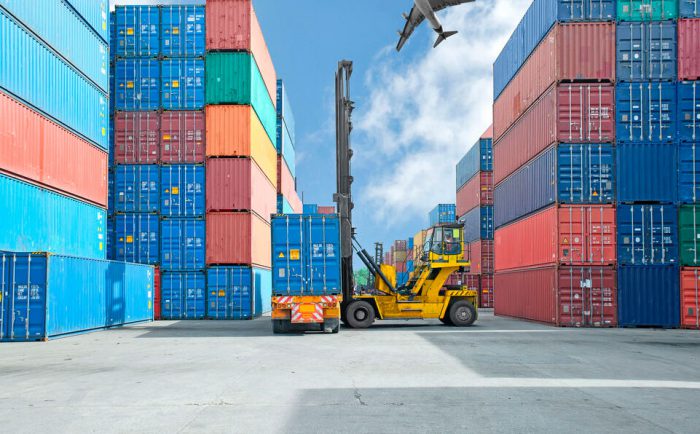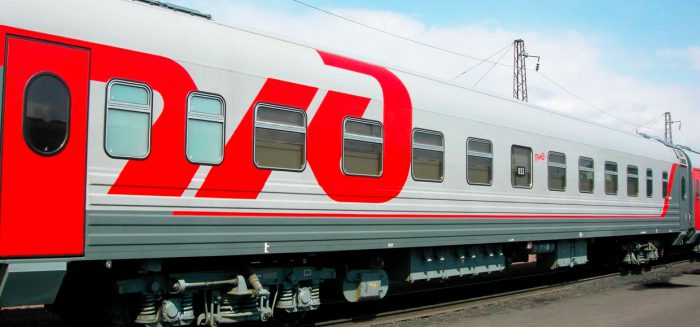Railway transportation
Railway transportation is a time-proven and reliable way to deliver goods to any place in Russia, Europe or Asia. The company’s specialists organize rail transportation as transparent and affordable as possible.
In terms of demand, railway transportation of goods is inferior only to trucking. They are popular all over the globe due to several advantages.
Advantages of international railway transportation
- For cargoes weighing from 44 to 60 tons, railway transportation is considered to be the most efficient – it is cheaper and easier than trucking
- Railway transportation is one of the cheapest in logistics (along with trucking)
- High level of cargo safety
- Opportunity to transport goods in large consignments
- Low transit tariffs
- Opportunity to plan regular delivery of goods in strict compliance with the deadlines.
The key disadvantages of railway transportation are: a large number of rules and restrictions regulating railway transportation of various types of cargos and the associated difficulties, significant efforts required to prepare documents for international transportation and impossibility to transport goods door to door. Therefore, this transportation type often becomes a part of a multimodal route: goods are trucked to the train, and trucks are also used to unload the train.
In Russia, the railway is an official customs carrier; thus, customs clearance can be performed at the stations of departure and destination.
In railway transportation, international container transportation of various cargoes takes a special place, since it is widespread due to its convenience and high level of cargo safety. Containers are produced in standard sizes and vary depending on a cargo type. Container transportation is a required condition for combined and multimodal container cargo transportation, in which other types of transport are involved besides the railway – trucks and sea transport.
All logistics delivery schemes are customized according to the client’s requirements and cost minimization. When necessary, detailed documentation is issued.
Railway transportation: cargo types
All cargo types are allowed for the international railway transportation.
- Consolidated: several small consignments from different consigners, who share the delivery cost;
- bulk and liquid: railway transportation is performed in cars, tanks, covers, containers, and on platforms;
- oversized and non-standard: transported on open-top platforms;
- trucks and passenger cars;
- equipment and custom machinery, yachts and boats;
- construction materials;
- metals and metal products (including metal rolls);
- lumber;
- furniture and hygiene equipment;
- chemical products (non-hazardous);
- consumer goods;
- hazardous cargo.
Cargoes are delivered to any geographical direction.




